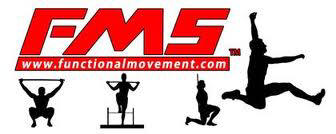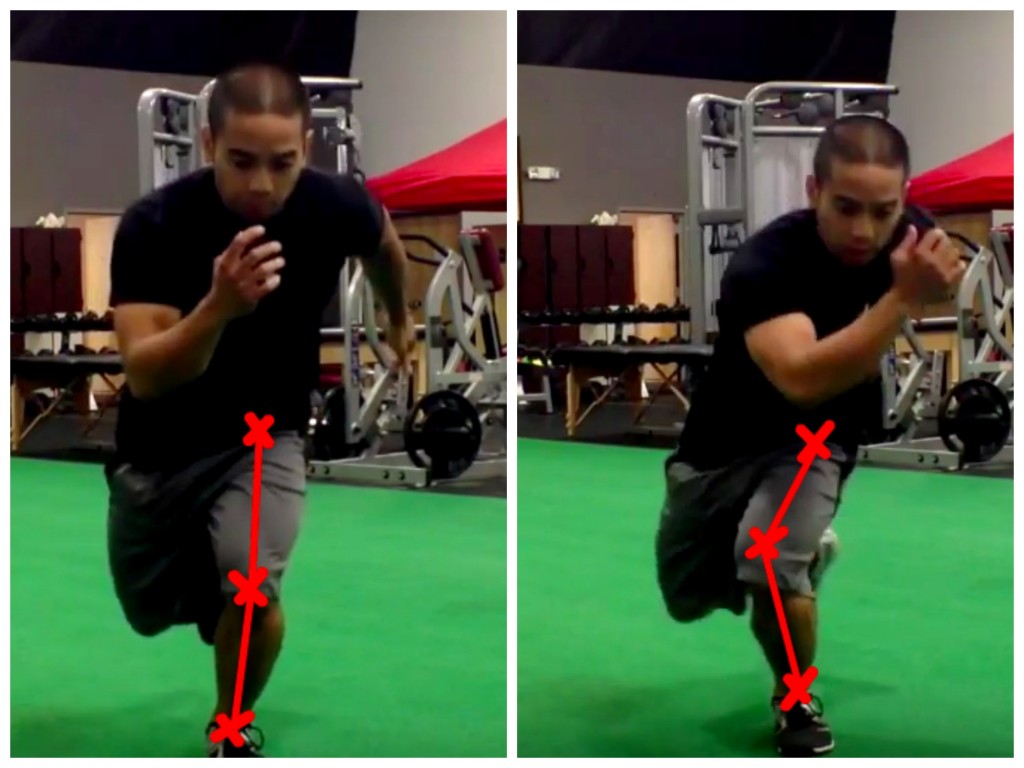Throughout the years of working with youth athletes, I’ve begun to notice a trend – many don’t have the ability to perform coordinated movements that are outside of their specific sports! General biases aside, many athletes do not have the ability to coordinate and move well!
With this in mind, check out this combination of exercises in order to re-educate your body!
—
Many athletes I’ve come into contact with are in a strange stage of development – they are often just around that age of going through puberty, and they may have gone through a growth spurt or three.
Due to anthropometry changing very rapidly for these individuals, these male athletes begin to lose coordination while they begin to work out what happens when you grow 6 inches in less than 6 months.
This is largely why I believe in performing FMS related screens, as they may have certain passive ranges of motion that allow these athletes (read: baseball athletes who exhibit 180° or more of glenohumeral total range of motion) to succeed at their sport, but when asked to ambulate or move in any other way, they simply cannot due to lack of motor control.

If someone can score (X) on an assessment, or have awesome ranges of motion, what happens when you ask them to perform a movement outside of that screen? What happens when you test physiological capacity such as an endurance test, or strength related test?
Lately at Cressey Sports Performance we have been identifying certain athletic qualities that many younger athletes have been missing – that is, they do not possess this ability due to early sports specialization. Skipping, shuffling, and hopping are a missing component out of these individuals’ movement dictionary. Initially, there is a noticeable limitation on their literacy in how to transfer force in many different directions!
With this in mind, we’ve begun to break down specifically how to improve these qualities, and I can go into slightly more detail in how the quality of elasticity and reactivity is important as an athlete.
Be Like Water… and Adapt
Essentially there needs to be an immediate reflexive action that needs to occur for jumping to feel bouncy. The quality of the stretch shortening reflex needs to be expanded upon!
“A stretch-shortening cycle (SSC) is an active stretch (eccentric contraction) of a muscle followed by an immediate shortening (concentric contraction) of that same muscle.”
I’ve written about how a baseball athlete’s lack of ability to transfer ground reaction forces may be a limiting factor towards improving velocity (which is essentially power over a given time in a certain direction), along with understanding how an athlete can improve these power qualities.
Further, by increasing one’s ability to coordinate certain limbs moving with and without a jump rope, you are encouraging motor units in those specific muscle groups to be activated by including low level jumping! Also, you can improve upon an athlete’s ability to absorb force, and produce force in an efficient manner.
Essentially there is a motoric item at work here in this combination. You are inducing small levels of force into the ground – and the ground has to push back at you in order for you to leave the earth. Sounds pretty intense, but this is how ground reaction forces work.
Ground Reaction What?
Your ability to put force into the ground comes down to joint position, muscular contraction, along with learning how to eccentrically load in an appropriate manner.

If you don’t have the ability to absorb or displace this eccentric force (think of when you load or absorb the forces from landing on the ground), expressing this force as a concentric force will be limited.
The concentric force is where you will be pushing the ground away. This is a relatively difficult concept to understand because many of these speed and power-related movements are done very quickly.
Analogously, if you can lift a weight irrespective of the time it takes to lift the weight, you will be able to display your maximal strength.
However, if you place a premium on the amount of time it takes for you to displace that weight (or how fast you can move that weight), then we are looking at power!
Fortunately for a lot of you reading and for your athletes, you won’t need to displace that much force in comparison to lifting a weight. You aren’t even jumping for a maximal height, because you’re still learning the mechanics and technique, which is different than putting maximal effort into a movement.
The most you are looking to jump is the thickness of a jump rope (which isn’t that much) – but you are doing it very quickly.
How Can I Use This Combination?
I use several cues for many of my athletes. Most of my athletes are still in the younger age range (12 to 16), and even if they aren’t I use some funny cues to get them to laugh and then the message sticks even better:
Remember that game where you used to think the colored tiles in a grocery store were lava? Sometimes you HAD to step off the white tiles onto the colored tiles in order to continue, but you did so super duper fast!
Think the ground is lava, and you have to spend as little time as possible on the ground.
After that, make sure your knees aren’t buckling every step of the way – maintain a certain level of rigidity as you move through this drill.
Integrating this into a Pop, Float, Skip drill, you will need to maintain a certain level of rigidity as you learn to skip on one leg, and pop and float on the other leg.
Programming
Many use jumping rope as a method for conditioning. When you understand the ramifications of this tool, it can also double as a low level elasticity drill, and you can integrate it in several different manners. In this case, I choose to enhance use it as a learning tool on top of inducing small levels of jumping into the body!
Personally, I often find that the last time an athlete felt this type of bounciness was sometime in grade school when they were given time for recess, dodgeball, kickball, four square, and all these other games that are no longer part of our youth athlete’s day to day happenings.
For programming, I like to teach the concept of elasticity and upper body rigidity first. Afterwards, teaching coordination of the upper body with skipping takes place, and then integrating a “pop, float, skip” exercise is useful for athletes before sprinting takes place!
A1. Jump Rope – 2×20 reps (Fast and Reactive!)
A2. High Knee Skip – 2×10 Yards
A3. Pop, Float, Skip – 2×5 Yards
Further, you – the teacher, coach, and trainer – should allow mistakes to happen. Learning a skill set takes time. It doesn’t happen right away. Learn when to give cues, and learn when to back off so the athlete can learn on their own.
As always,
Keep it funky.


